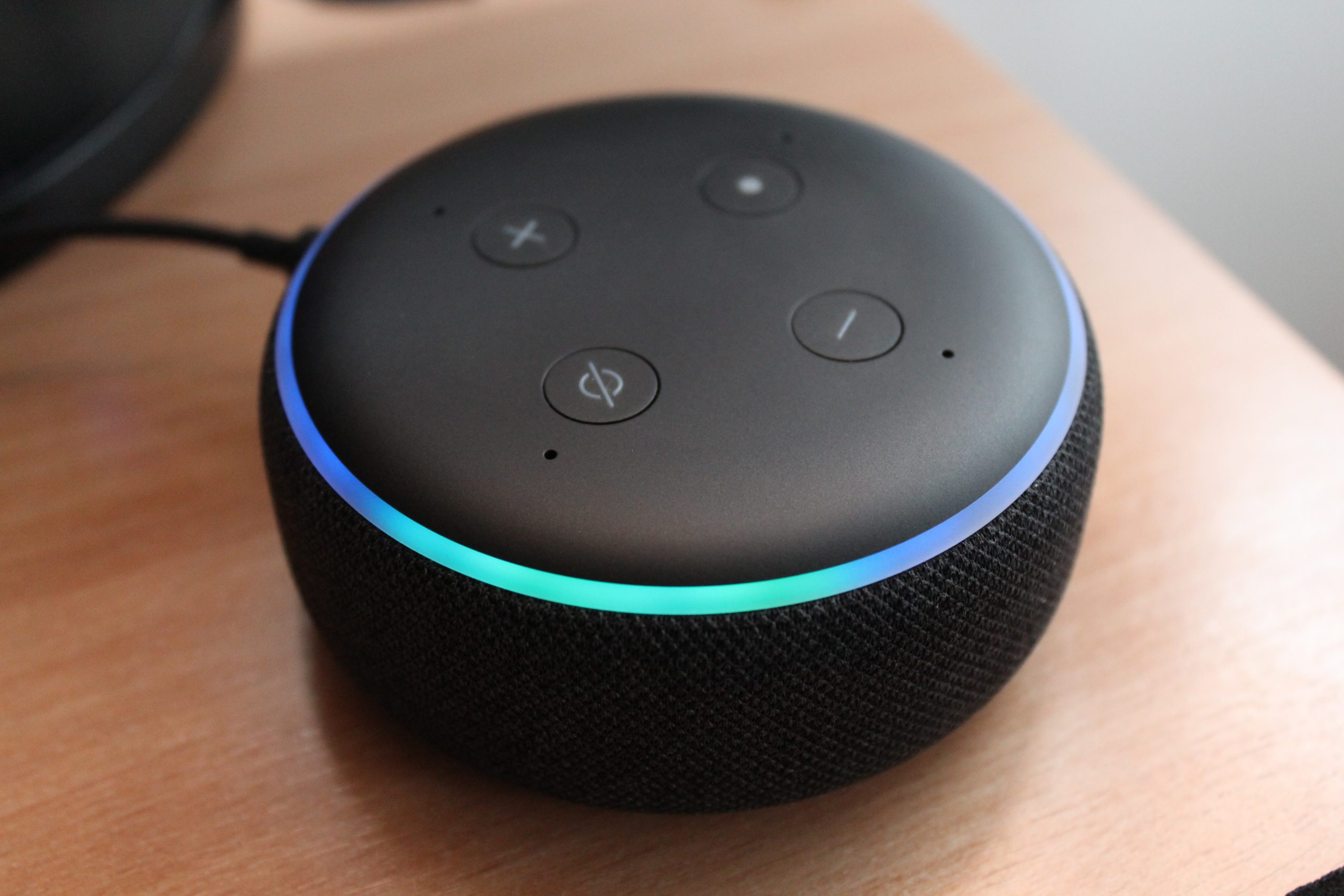Watch footage of the launch of NASA’s Lucy spacecraft, the first to explore Jupiter’s asteroids | Science
3 min read

“Lucy is in the sky!” NASA announced at 9:34 GMT (6:34 in Brazil) on Saturday on its Twitter accounts.
And the US space agency was referring to the launch of the Atlas V rocket aboard the Lucy spacecraft, The first spacecraft designed to study Trojan asteroids on Jupiter.
Lucy embarked on a 12-year journey to study eight different asteroids: one in the main belt between Mars and Jupiter and another seven located in the region called Troy. The goal is to gain new perspectives on the formation of the solar system 4.5 billion years ago.
NASA’s Lucy Mission during takeoff on Saturday (16) in Florida, USA. Image: NASA
Trojan asteroids, according to mission scientist Hal Levison, are physically different from each other. “For example, they have very different colors, some are gray, some are red,” he explained at a news conference on Friday (15). The differences indicate how far away they may have formed from the Sun before taking their current trajectory.
“Whatever Lucy discovers, it will give us vital clues to the formation of our solar system,” said Laurie Glaze, director of NASA’s Planetary Science Division.
An Atlas rocket, from NASA, carries the Lucy spacecraft during Saturday’s launch (16). Image: NASA
The image below shows the path taken by the Atlas V rocket during launch.
The image shows the path taken by the Atlas V rocket with the Lucy spacecraft on board during Saturday’s launch (16). Image: NASA
An Atlas V rocket was launched with the Lucy spacecraft from Cape Canaveral Space Station in Florida, United States.
At that time, the Atlas rocket carrying the Lucy spacecraft aboard is launched from the space base in Florida. Photo: NASA/United Launch Alliance
NASA’s Lucy spacecraft was launched from the space base in Florida, USA, on Saturday morning (16). Image: NASA
At around 7:40 AM (Brazil time), Lucy successfully detached from the rocket and is now traveling alone toward the asteroids. NASA scientists, who were watching the Florida control room launch, celebrated the moment with a round of applause.
Lucy and the Trojan asteroids

NASA launched the first spacecraft designed to study Trojan asteroids on Jupiter
Investigative Lucy was named in honor of a The ancient fossil that helped understand the evolution of the human race.
Scientific evidence, according to NASA, indicates that the asteroids of Troy are the remnants of the material that formed the giant planets. Studying her could reveal previously unknown information about the formation and evolution of our solar system, just as Lucy’s fossilized skeleton revolutionized science’s understanding of human evolution.
The probe will fly over an asteroid between Mars and Jupiter for the first time around 2025.
“It will take several years before we reach the first Troy asteroid, but it will be worth the wait and all the effort because of its tremendous scientific value. They are like diamonds in the sky,” said Hal Levison.
Lucy is the first solar-powered spacecraft to venture very far from the sun. To do this, she carries on board two huge solar panels, each approximately 7.3 meters wide.
The cost of the mission is approximately $981 million.
Videos: What are and what are the mysteries of black holes

“Musicaholic. Thinker. Extreme travel trailblazer. Communicator. Total creator. Twitter enthusiast.”



